The Cybertruck’s Frunk Can’t Fit That Much Junk, But Maybe That’s A Good Thing?
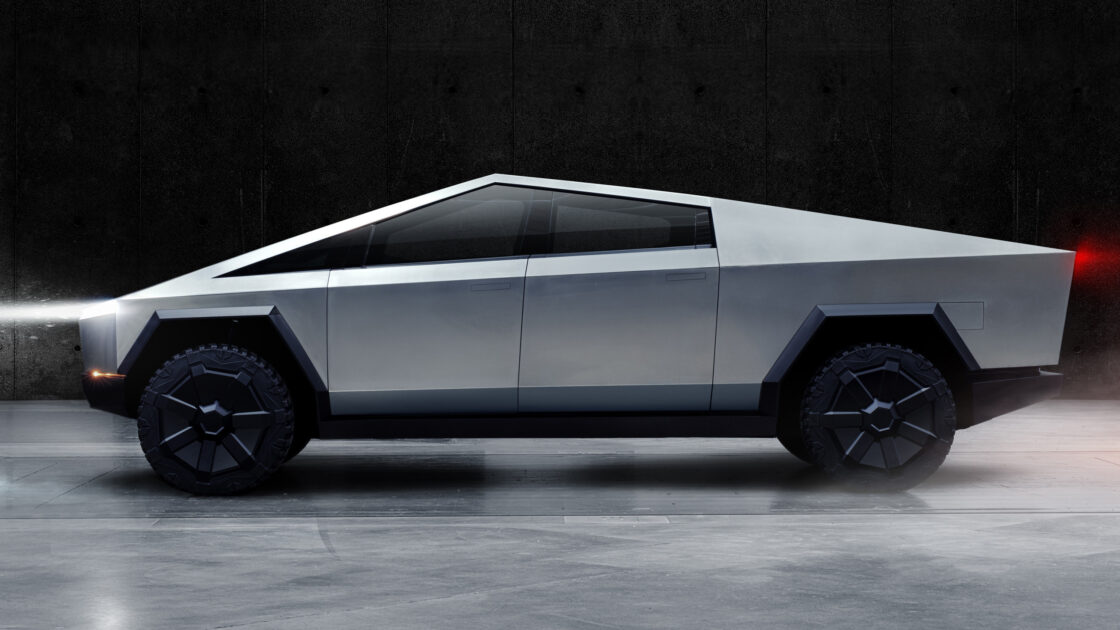
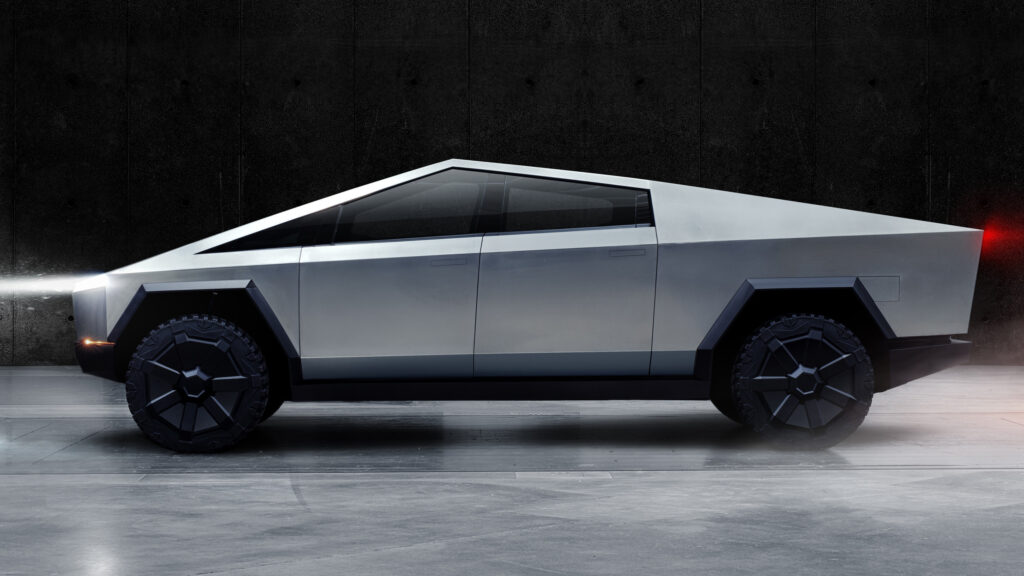
The world “frunk” has become part of the automotive world’s common parlance over the past decade, ever since the launch of the Tesla Model S in 2012.
The sleek sedan made use of the cavity left in in the front of its relatively conventional body style by the absence of an internal combustion engine by turning it into a storage space.
It wasn’t the first car to do this. Plenty of rear-engined and mid-engined models had previously featured frunks, and still do, but Tesla did a good job marketing it as modern and yet another selling point for an electric car.
Not every brand agreed. The Nissan Leaf didn’t have one, instead using the nose for its power controls, and current electric models from VW, BMW and others have since rebooted (apologies to UK readers) theirs for the same reason.
Ford took it to the next level with the introduction of the F-150 Lightning and its Mega Power Frunk, which is the largest ever at 14.1 cubic feet.
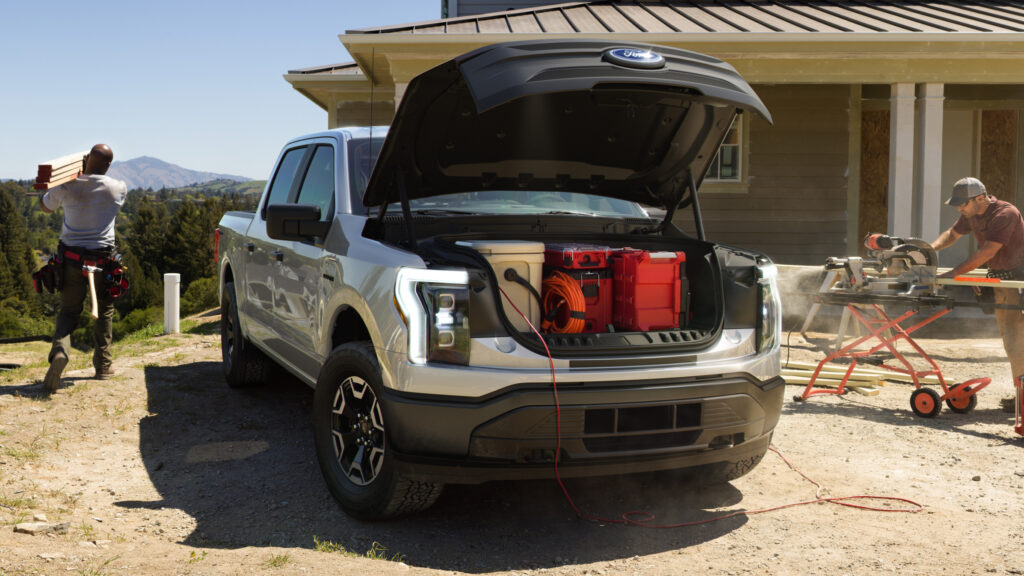
It’s featured heavily in the brand’s marketing, and Ford CEO Jim Farley is a fan.
It’s also something of a circumstance of the F-150 Lightning sharing its boxy body with the internal combustion engine F-Series models, which didn’t allow for much design flexibility.
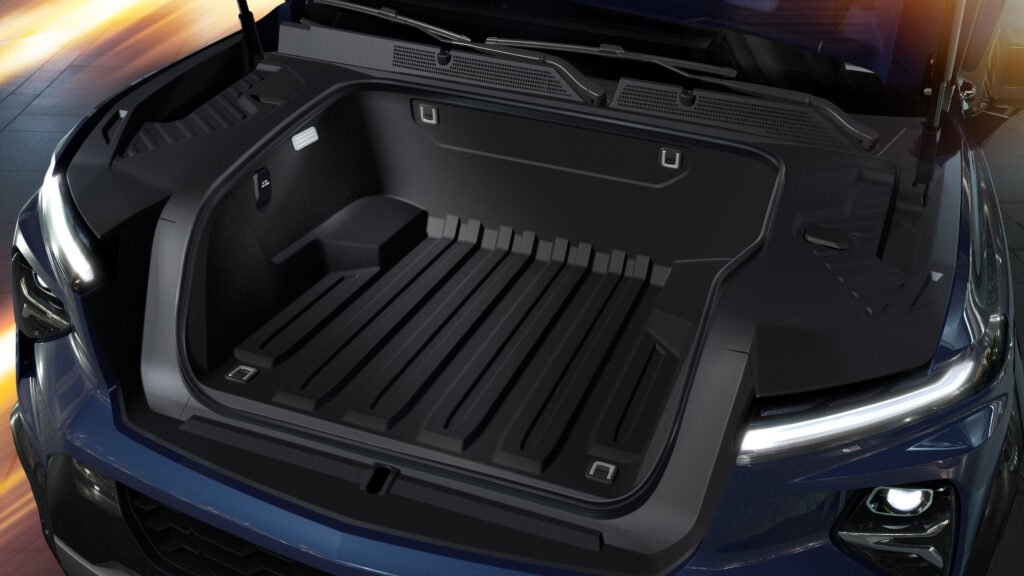
The purpose-built Chevrolet Silverado EV, for instance, has a lower front end and an 11-cubic-foot frunk, while the upcoming Ram 1500 REV, which uses the same body as the conventional Ram 1500, will be stepping things up with 15 cubic feet of covered storage.

But now Tesla is on the verge of entering the full-size pickup segment with the Cybertruck, which is set to reach its first customers soon, and it appears to be changing the paradigm again.
Leaked video of Cybertrucks at the Austin factory where it’s built with their frunks open reveal what appears to be a small space, though its hard to tell exactly what the capacity is.
This appears to be mostly due to the pickup’s angular design, which is for both styling and efficiency. The low nose helps contribute to what Elon Musk said could result in a drag coefficient as low as .30 cd, compared to the F-150 Lightning’s .44 cd.
The official number won’t be known until Tesla releases it, but independent attempts to simulate it using publicly available data have put it in the .39 to .48 range. Meanwhile, the midsize Rivian R1T has a claimed .30 cd and an 11-cubic-foot frunk.

While low drag helps the efficiency of any vehicle, it’s particularly important to increasing the driving range EV and Tesla has previously said the Cybertruck would be available in a model that could go 500 between charges.
Regardless of where the Cybertruck’s aerodynamics ends up, it may have an ace in the hole when it comes to storage. Well, an ace in the back.
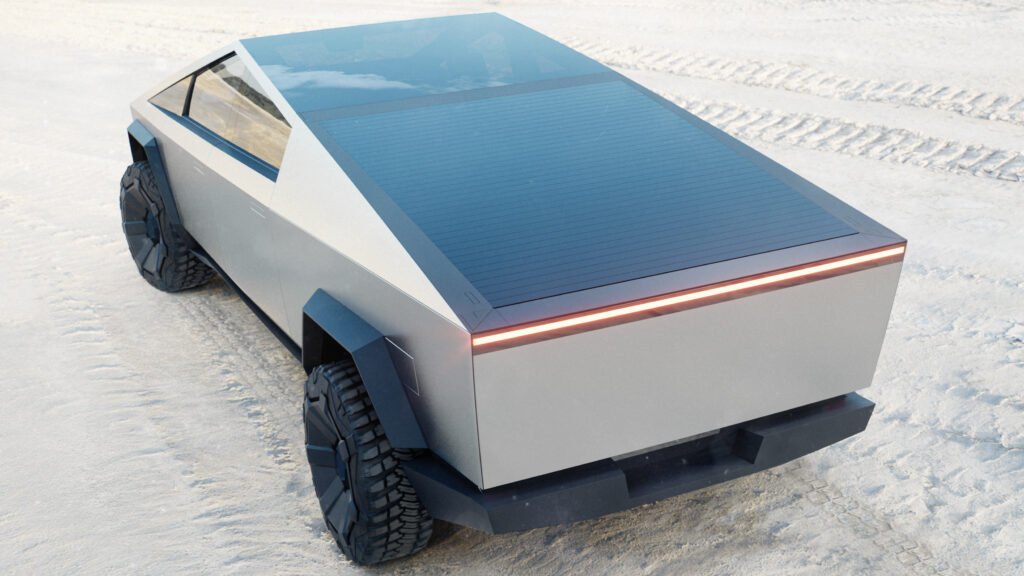
Like the R1T, the Cybertruck features a built-in power tonneau cover that turns the bed into a lockable storage compartment that Tesla is calling the “Vault,” so we’ll have to see if that catches on over the next decade.
